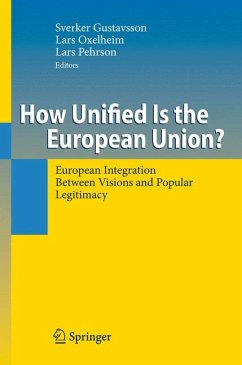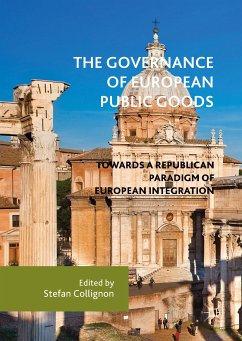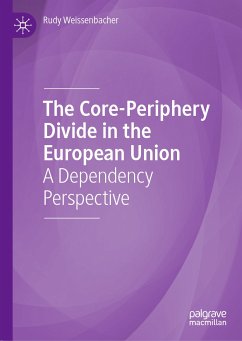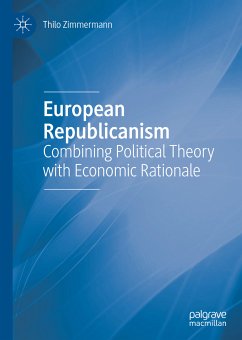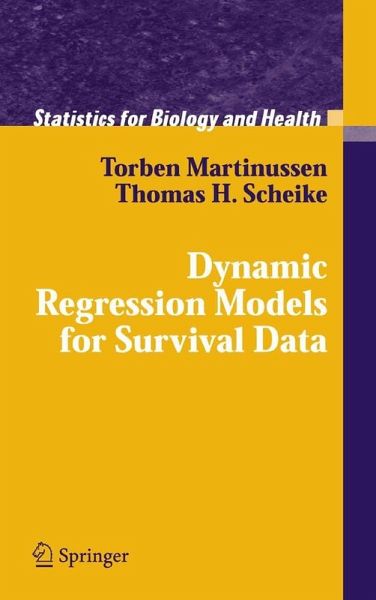
Preferences and Procedures (eBook, PDF)
European Union Legislative Decision-Making
Versandkostenfrei!
Sofort per Download lieferbar
72,95 €
inkl. MwSt.
Weitere Ausgaben:

PAYBACK Punkte
36 °P sammeln!
Preferences and Procedures presents and tests game-theoretic models of European Union legislative decision-making. It is inspired by the idea of linking statistical testing strategies firmly to formal models of EU policymaking. After describing salient features of the EU legislative process and comparing different models of how the EU negotiates new legislative measures, the models' predictive power is evaluated. On a more general level, Preferences and Procedures answers questions regarding the empirically recognizable effects of institutional arrangements on joint bargaining outcomes.
Dieser Download kann aus rechtlichen Gründen nur mit Rechnungsadresse in A, B, BG, CY, CZ, D, DK, EW, E, FIN, F, GR, HR, H, IRL, I, LT, L, LR, M, NL, PL, P, R, S, SLO, SK ausgeliefert werden.




